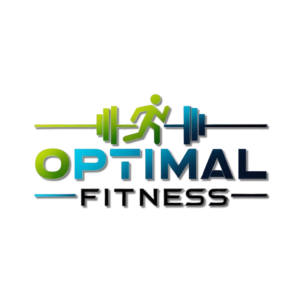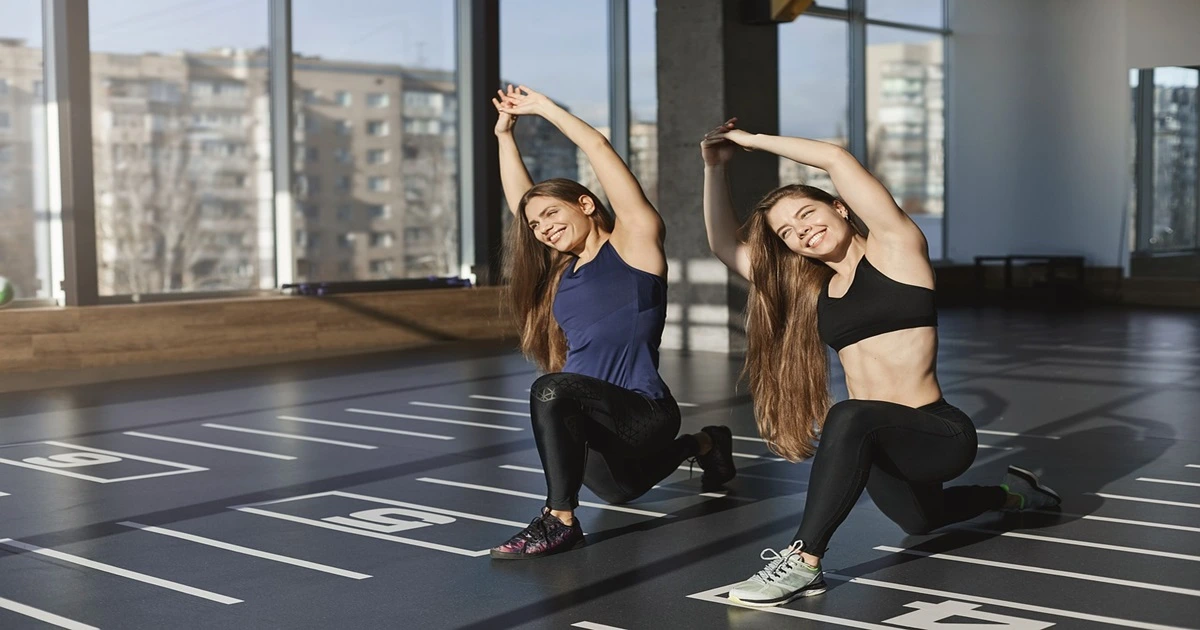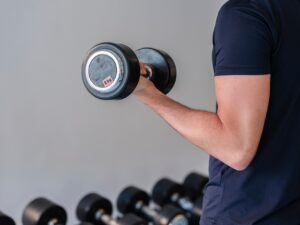Functional strength training has become increasingly popular over recent years, and for a good reason! It’s not just about looking strong, but about building strength that you can actually use in real-life situations. But what exactly is functional strength training, and how can it benefit you?
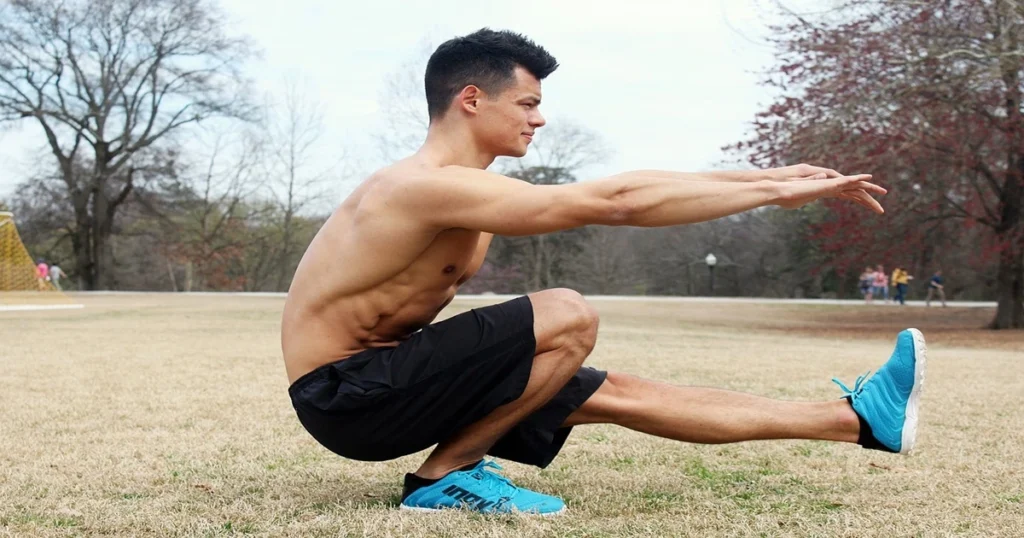
Table of Contents
What is Functional Strength Training?
Functional strength training is all about performing exercises that mimic the movements you do in everyday life. Whether you’re carrying groceries, picking up a child, or moving furniture, functional training helps improve the strength, balance, and coordination needed for these daily tasks.
The History and Evolution of Functional Training
Functional training originally began as a rehabilitation method for injured athletes. Physical therapists used it to help patients regain mobility and strength in a way that was relevant to their everyday movements. Over time, it evolved into a training approach used by athletes and everyday people alike to improve their overall fitness and movement efficiency.
Benefits of Functional Strength Training
So, why should you consider functional strength training? Here are a few key benefits:
Improving Everyday Movement Patterns
Unlike traditional weightlifting, which often isolates specific muscles, functional training works on improving your body’s ability to move as a whole. Think of it like tuning a car engine—you want all the parts to work together seamlessly.
Boosting Core Stability and Balance
Your core is the foundation for nearly every movement. Functional training focuses heavily on building core strength, which not only helps you in the gym but also reduces the risk of injury in everyday activities.
Increasing Flexibility and Mobility
Functional strength training often involves a full range of motion, helping to increase flexibility and mobility. This means you’re not just getting stronger; you’re also improving your ability to move freely and efficiently.
Enhancing Athletic Performance
Whether you’re a runner, a swimmer, or a weekend warrior, functional training can boost your athletic performance. By training your muscles to work together, you’ll notice improvements in your power, speed, and coordination.
Key Principles of Functional Strength Training
Training Movement, Not Muscles
One of the biggest differences between functional training and traditional workouts is that you’re training movement patterns instead of individual muscles. The goal is to improve how you move, not just how strong your biceps look.
Incorporating Multi-Planar Movements
In the real world, you’re not just moving up and down or side to side. Functional training includes movements in multiple planes (front to back, side to side, and rotational), mimicking the way your body moves in everyday life.
Focus on Functional Core Exercises
Planks, Russian twists, and other dynamic exercises are at the heart of functional training. These exercises don’t just target your abs but engage your entire core for improved stability and strength.
Functional Strength Training vs Traditional Weight Training
Differences in Movement
Traditional weight training focuses on isolated movements, like bicep curls, while functional training involves compound movements, such as squats and deadlifts, which work multiple muscle groups simultaneously.
How Functional Training Improves Real-Life Activities
Because functional strength training mimics everyday movements, it’s directly applicable to real-life activities. Whether it’s lifting a heavy box or reaching for something on a high shelf, you’ll notice the benefits immediately.
Why Traditional Weight Training Isn’t Enough
While traditional weight training can help build muscle mass, it often lacks the movement variety needed for overall functional fitness. That’s where functional training steps in—offering a more balanced, holistic approach to strength and mobility.
Types of Functional Strength Training Exercises
Bodyweight Exercises
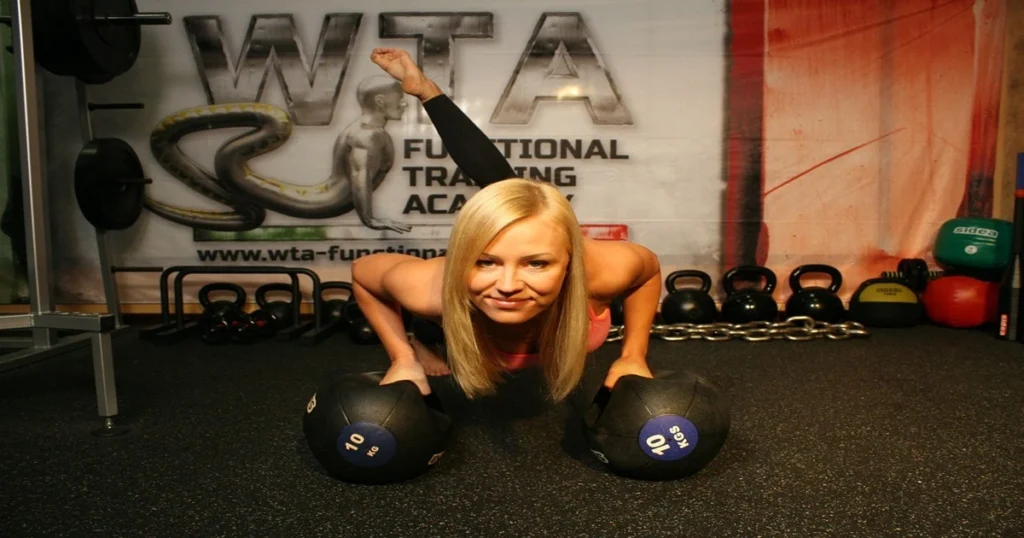
Push-ups, lunges, squats, and planks are all great examples of functional bodyweight exercises that you can do anywhere, anytime.
Resistance-Based Functional Exercises

Using resistance bands or free weights adds an extra layer of difficulty to basic movements, increasing both strength and stability.
Kettlebell Training
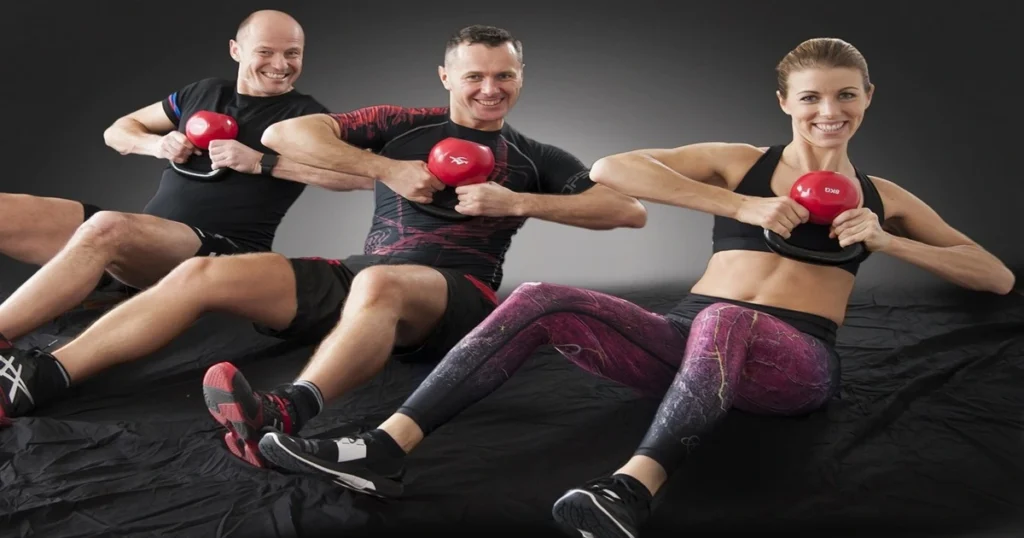
Kettlebells are incredibly versatile tools that allow for dynamic, full-body movements like swings, cleans, and snatches, which are essential for building functional strength.
Suspension Training (TRX)

TRX suspension training is perfect for targeting core stability and balance, as it forces your body to engage multiple muscle groups during each movement.
Designing a Functional Strength Training Routine
Assessing Your Fitness Level
Before starting with the training, it is important to check one’s fitness levels. This will help you choose the appropriate exercises and avoid injury.
Warm-Up for Functional Training
A proper warm-up is crucial for getting the most out of your workout. Incorporate dynamic movements, like arm circles and leg swings, to prepare your body.
Compound Movements to Incorporate
Exercises like squats, lunges, and push presses should form the foundation of your functional strength training routine. These movements engage multiple muscle groups and improve coordination.
Programming for Strength, Endurance, and Power
A well-rounded routine should include exercises for strength, endurance, and power. Alternate between high-rep sets for endurance and low-rep sets for strength.
Importance of Proper Form in Functional Strength Training
Avoiding Injury
Proper form is key to preventing injuries. Always prioritize technique over the amount of weight you’re lifting.
Getting the Most Out of Each Movement
When you perform each movement correctly, you maximize the benefits, ensuring you’re working all the right muscles.
Common Mistakes in Functional Strength Training
Neglecting Core Engagement
Your core should be engaged in almost every functional exercise. Failing to do so reduces the effectiveness of your workout.
Overcomplicating Movements
While variety is important, overly complex exercises can lead to poor form and increased risk of injury.
Using Too Much Weight Too Soon
Progressive overload is important, but increasing weight too quickly can compromise your form and lead to injury.
Tools and Equipment for Functional Strength Training
Using Resistance Bands
Resistance bands are versatile tools that can be used for both strength and mobility work, making them ideal for functional training.
Medicine Balls and Sandbags
Medicine balls and sandbags offer dynamic, full-body movements that build functional strength through different ranges of motion.
Why Free Weights Are More Functional
Free weights, like dumbbells and kettlebells, force you to stabilize the load, making them more functional than machines, which often isolate specific muscles.
Functional Strength Training for Beginners
Getting Started with Simple Movements
Start with basic exercises like squats, push-ups, and lunges to build a foundation.
Progressing to More Challenging Workouts
Once you’ve mastered the basics, you can add resistance, increase the complexity of your movements, or incorporate equipment like kettlebells.
Advanced Functional Strength Training Techniques
Incorporating Plyometrics
Plyometric exercises, like jump squats and box jumps, improve explosive power and are great additions to advanced functional strength routines.
Unstable Surface Training
Using unstable surfaces like BOSU balls or balance discs can further challenge your stability and core strength, taking your functional training to the next level.
Functional Strength Training for Different Goals
Training for Weight Loss
Functional training is perfect for weight loss because it combines strength and cardio, burning more calories in less time.
Building Functional Strength for Athletes
Research have shown that athletes can benefit from functional training by improving their movement efficiency, power, and coordination.
Improving Flexibility and Mobility
Incorporating exercises that stretch and strengthen the muscles will improve your overall mobility and flexibility.
Recovery and Nutrition for Functional Strength Training
Importance of Rest and Recovery
To prevent injuries from happening and for the optimal muscle growth recovery is essential. Ensure you give your muscles enough time to rest between workouts.
Nutrition Tips for Optimal Performance
Eat a balanced diet rich in protein, healthy fats, and complex carbs to fuel your workouts and speed up recovery.
Conclusion
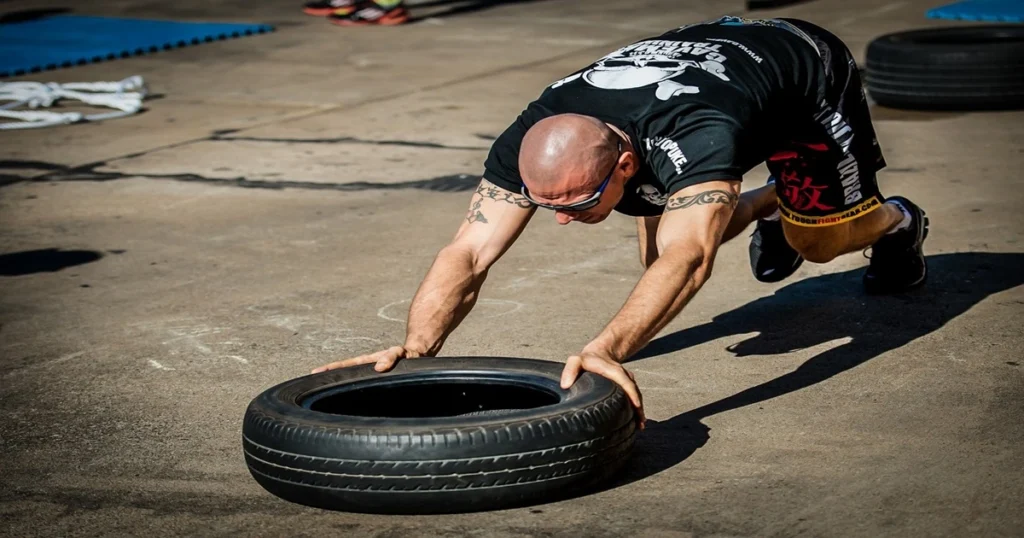
Functional strength training is a versatile, effective approach to fitness that enhances not only your strength but also your ability to perform everyday activities with ease. By focusing on full-body, compound movements that mimic real-life actions, you’ll build a stronger, more balanced body, ready to tackle whatever life throws your way.
Want to check about HIIT training, Click here.
